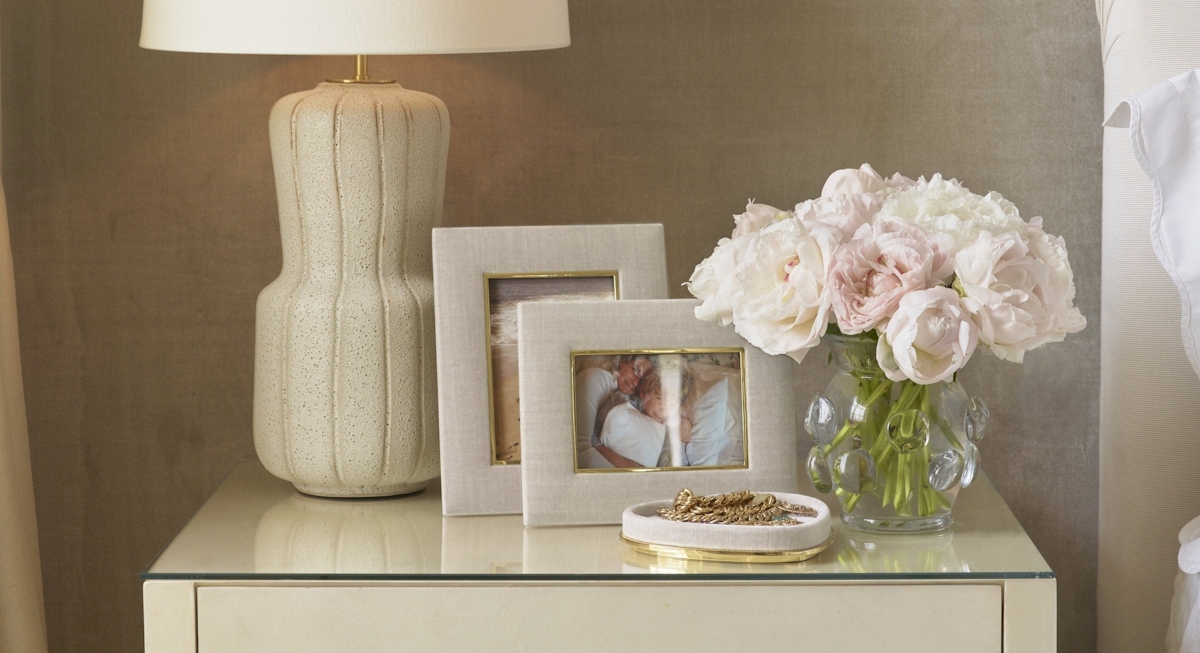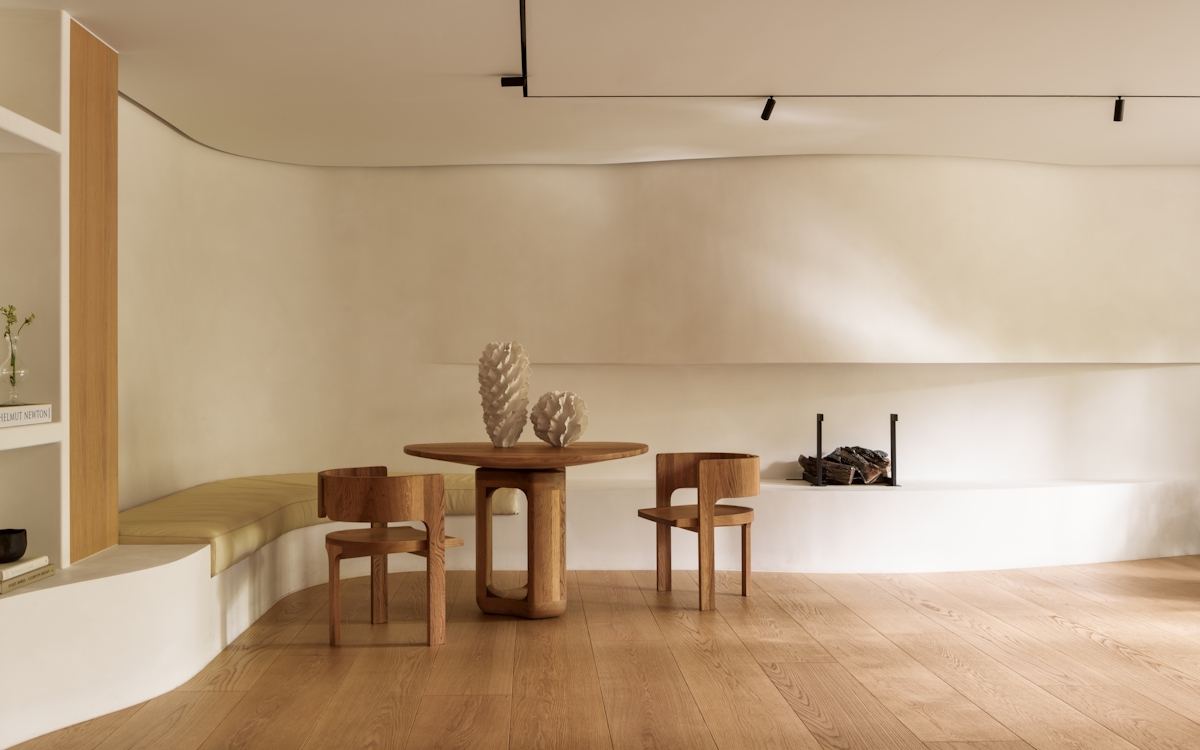Soft in shape, a round vase is one of the most classic styles of vase available.
Highly sculpted, large vases of this type often have a narrow neck which means it will hold your arrangement together quite tightly. It’s a similar look to holding the bunch of flowers yourself so that the stems remain in close contact and then the heads fall where their weight leads them. This makes them a good choice if you’d like to mix multiple types of flower and bouquet fillers, like fern, myrtle and honey bracelet. For a narrow neck round vase, naturally you need that mixture of blooms to be slim in the stem so that you can fit more in.
On the other hand, round styles don’t always equate to a large vase. Small, wide vases that are akin to a fishbowl are just as common. Here, you don’t have the help of the slender neck, but unlike in a cube vase, you can choose whether you prefer a loosely gathered bunch or a compact posy.






